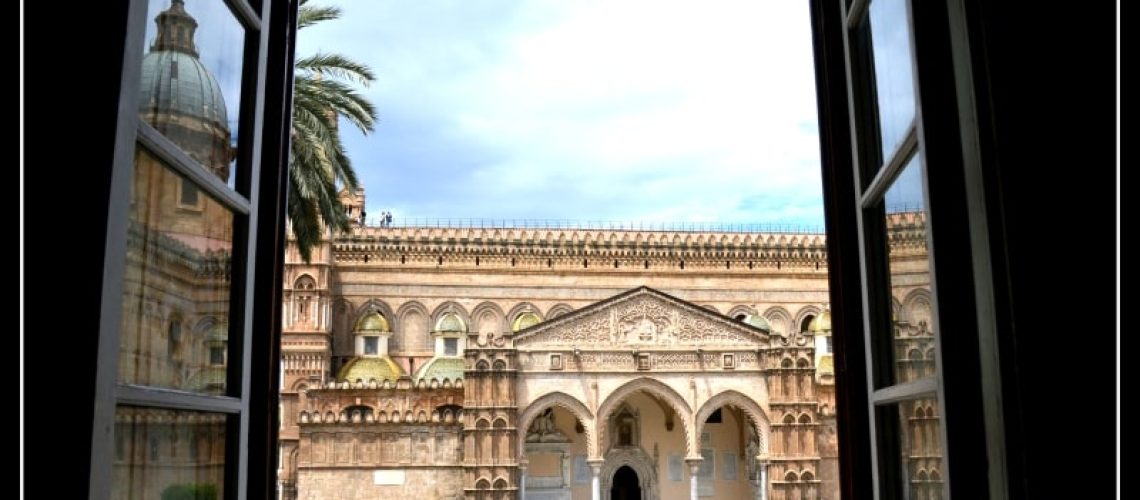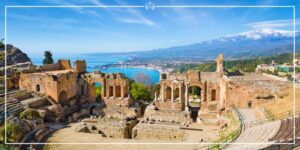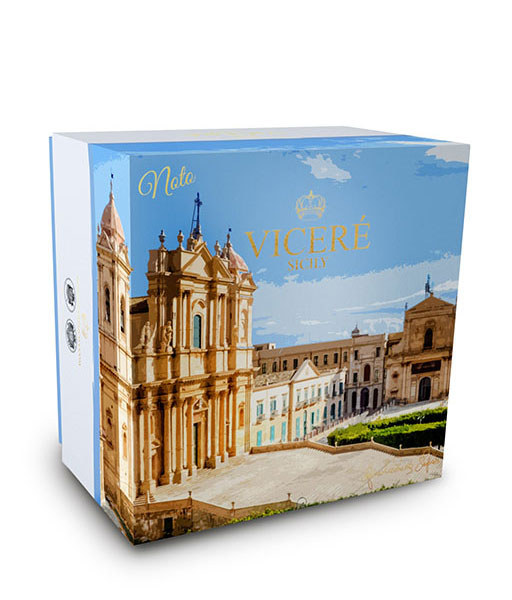The Arab-Norman civilization has left many signs in Sicily, one of which is the Cathedral of Palermo
The Arab-Norman civilization has left many signs in Sicily, one of which is the Cathedral of Palermo, a unique cathedral included in the UNESCO World Heritage Site program.
The construction dates back to around 1170, when the archbishop of Palermo decided to rebuild a cathedral damaged by the earthquake of 1169. In the area where the Cathedral stands, there were the remains of an ancient destroyed basilica dating back to the early Christian era. In the era of the Saracens, this church was transformed into a mosque, while with the arrival of the Normans it returned to Christianity.
The Cathedral of Palermo is a mine of works of art
The Cathedral of Palermo is a mine of works of art and houses priceless treasures, dating back to the Renaissance period, but also to even more ancient periods. A seventeenth-century ciborium in lapis lazuli is kept in the chapel of the Sacrament. In addition, an ancient simulacrum of Christ is placed on the altar of the Crucifix, in the central nave the holy water fonts are precious works by Domenico Gagini and Giuseppe Spatafora.
The chapel of Santa Rosalia is located in the minor apse, which preserves the remains of the patron saint of the city. The central nave houses statues from the Gagini tribune, but the treasures kept in the Cathedral are not exhausted, in fact, sacred silver, precious furnishings, numerous jewels present in the sepulcher of Constance of Aragon and in the crypt enrich the extraordinary history of this sacred place. with works of art that are an expression of different styles and eras from early Christian to Greek art, from Norman and Arab civilizations up to Sicilian Baroque.
The Norman style is the predominant one in the cathedral
The Norman style is the predominant one in the cathedral, but we can also detect the presence of traces of architectural styles from ancient worlds, from traditions and civilizations that have influenced the cathedral complex, which is structured in a Latin cross. Ferdinando Fuga, at the end of the eighteenth and early nineteenth centuries, was the architect of the dome, while to the south the cathedral has two pointed arches, which connect it with the Archbishop’s palace. This characteristic shape makes the cathedral similar to a castle, thanks also to the presence of floral motifs, arches and columns.
The Virgin is depicted in a beautiful 13th-century mosaic, while the statue of Virgin Libera Inferni and Child by Francesco Laurana and the baptismal font with the figures of Adam and Eve impress evocative emotions on the visitor.
Seen from the outside, the Cathedral of Palermo has four Norman towers, with mullioned windows and columns, while from the right side you can look directly over the square from a refined portico.










